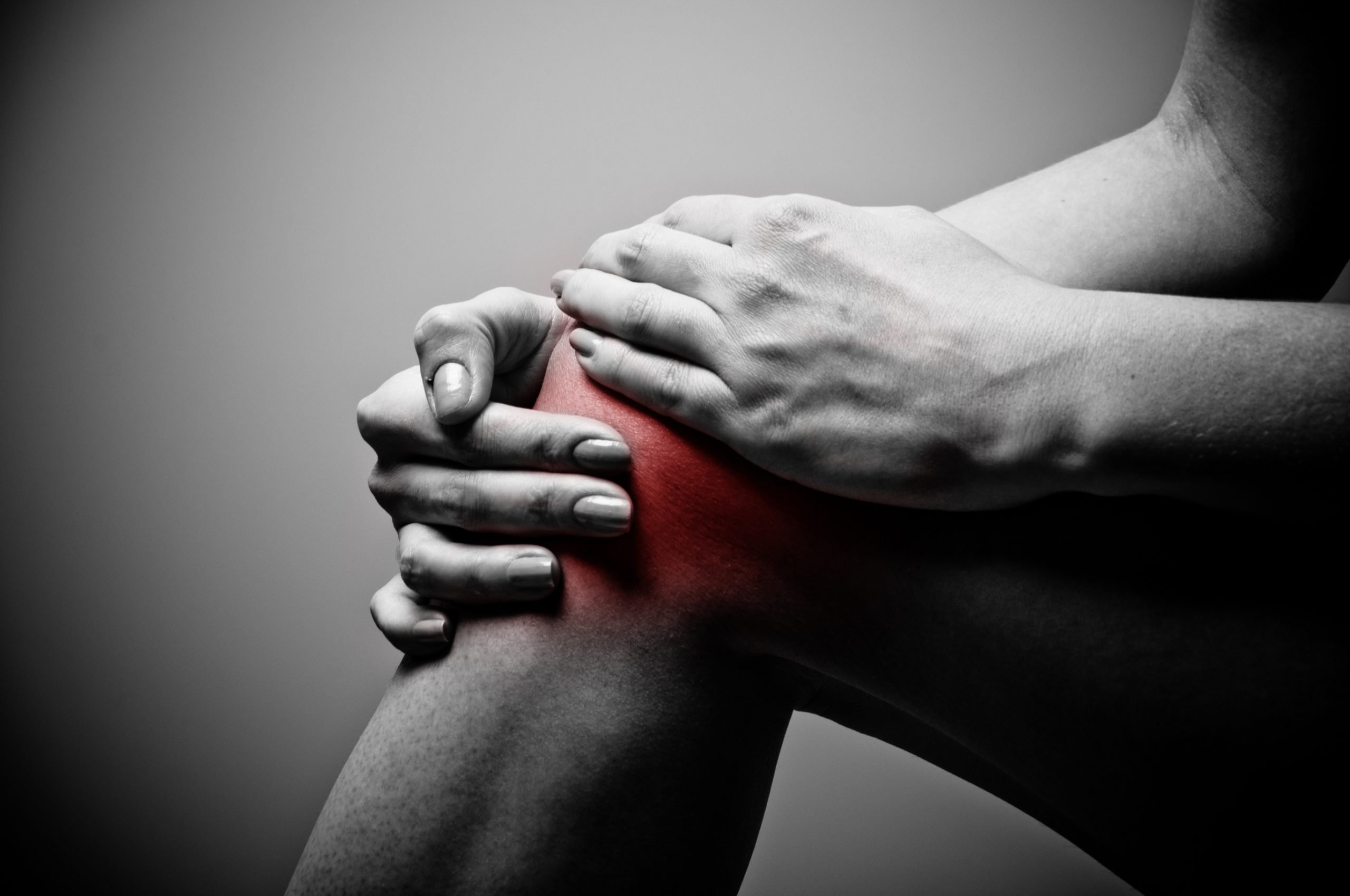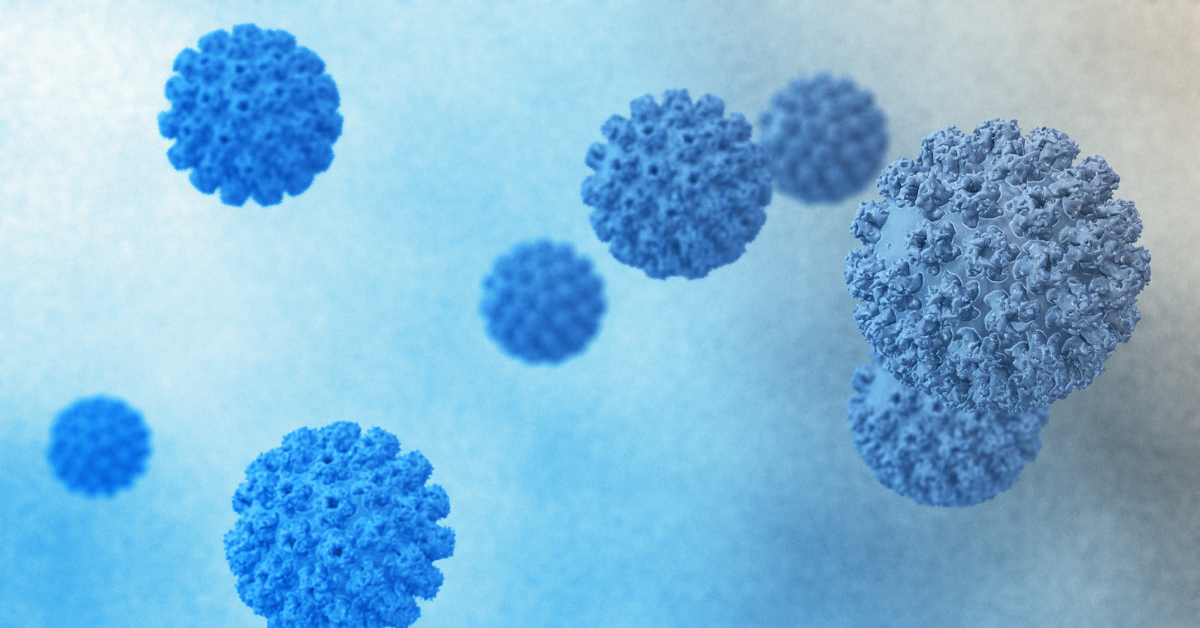Past, Present and Future of Osteoarthritis
Cartilage – a word most of us have heard, but what is it? Cartilage is the smooth, glossy cushion on the end of the bones that make up our knees. Cartilage is made up of proteins (primarily collagen) that gives it strength and resilience, which functions as a shock absorber. Injunction with natural join fluid, cartilage assists in reducing friction during movement. What can cause cartilage loss (and osteoarthritis of the knee)? Well, a few things: high impact, overuse, being overweight, etc.
In the past there were only oral, non-steroidal anti-inflammatories (NSAIDs) and “cortisone” shots for arthritis. These treatments help to reduce the inflammation that is consequence of osteoarthritis. Then came surgically replaced knees, for those of which were no longer functioning properly. We still use these approaches today but also use injectable forms of hyaluronic acid that we can administer by needle into the knee to help lubricate the knee to reduce pain. There are many different brands of this form of treatment known as viscon supplementation, that can be given as one, three or give injection treatments (depending on the brand). Of course, weight reduction, avoiding high impact activities and wearing supportive footwear are important time-honored elements of any treatment program aimed at reducing damage to cartilage.
Our current and past treatments have been focused on treating symptoms which are consequence of cartilage degeneration or damage. Treatments of the future will target the cause of structural damage and perhaps reverse damage by stimulating regeneration of cartilage. These new therapies are known as Disease Modifying Osteoarthritis Drugs (DMOADs).
Check out the currently enrolling Osteoarthritis of the Knee by clicking here, or check out the ones below.




